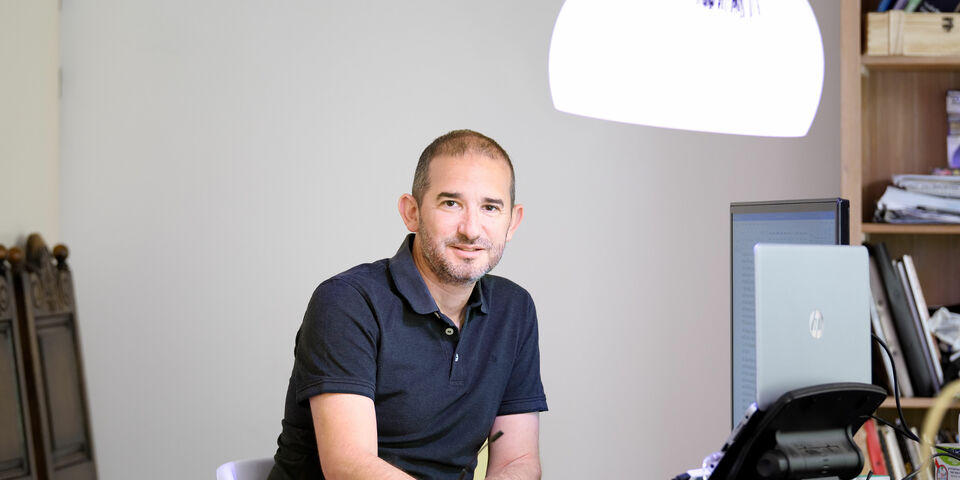What do students want?
Life is complicated. Studying and paying your rent requires time and money. Maintaining a social life and keeping in touch with your family requires attention. What can the university do to help students, and - even more important - what do students want?
Our generation Z students are struggling with a changing world and the percentage of them developing burn out symptoms has been skyrocketing in the past decade. And if things were not bad enough, COVID came and threw a spanner in the works. Surely the university needs to do something to help the students, but what can be done?
With this idea in mind and with statistics of student’s success rate dropping year-on-year in our department (Electrical Engineering) I also was looking for answers. Students can share their opinions about their studies in many ways. One popular method, in the Netherlands, is to fill out the National Student Survey (NSE). When the most recent NSE data hit the headlines, we found that from the student’s perspective the electrical engineering degree in Eindhoven was ranked lowest of the three in the Netherlands. Why did students conclude that studying EE in Eindhoven is least advised? There were many reasons mentioned. Too much content, mismatch in entry level and course material in the first year, a high workload, etc.
A logical conclusion would be, if we want to rise in the ranking, we should provide students with more support, for example in terms of supplementary voluntary tutorials. Better and more extensive educational support can make it easier to study and the route towards better evaluation will be open. I suggested to my program director to start a voluntary two hours a week tutorial session on mathematics as we have long suspected that a non-negligible percentage of our students are struggling because of deficiencies in Math’s. This was accepted with much appreciation and with the help of the department’s teacher support team and a couple of enthusiastic teaching assistants I set to work.
We launched our math tutorials in September 2021. We created a learning environment with rich content and quickly got many students to register for the tutorial’s web page. So much so that when it was time to run the first live tutorial session, I had to create a registration list, due to the 75 students per classroom cap we had at the beginning of the academic year. In reality, not all 75 students showed up and in the following weeks attendance continued to drop. By week 5 of the quarter, I concluded that there was little use of talking to a handful of students and I suspended the sessions. Of the huge effort to create online exercise material for students to hone their skills was close to no demand.
What was the problem? Was I doing such a bad job at teaching? Was there actually no need for this kind of additional tutoring? And who were those students who persisted in showing up to the tutorials? From discussions with the student bodies, we learned that there was nothing wrong with the tutorials themselves. They were highly appreciated. To evaluate the tutorials, we ran our own survey. The results were quite astonishing.
Instead of attracting the students who needed to boost up their math’s skills we ended up attracting the brightest students with the best math skills. This can be considered a manifestation of the Matthew Effect. Where an advantage in the initial knowledge of students, is translated to a growing advantage as they progress through the system.
In the case of the tutorials, I am sure the students who chose to show up, but did not need to improve their math’s skills, used the opportunity to gain a better understanding of the underlying math principles. At first this seems counter intuitive but if you consider that a student who is struggling with his studies thinks he must use all available time to keep up with the official teaching scheme you start to see why the initiative was not a success.
But still the question persists, if students complain that the pace it too high and that they fall behind, should they not use any opportunity to hang on? It seems that the system we have is no longer able to support a growing percentage of high school graduates. Probably when students say the pace is too high, they don’t want us to throw them help lines. They want us to slow down and enable them to stay on board based on their own skills and entry level knowledge.
Thankfully the new government in the Netherlands has announced that in 2023 the student loans system will be scrapped and the monthly allowance for students will come back. This will lower the financial pressure many students feel. Perhaps we should consider as a next step to abolish the Binding Study Recommendation (BSA in Dutch), so that next to the financial pressure also the time pressure will be relieved.


Discussion